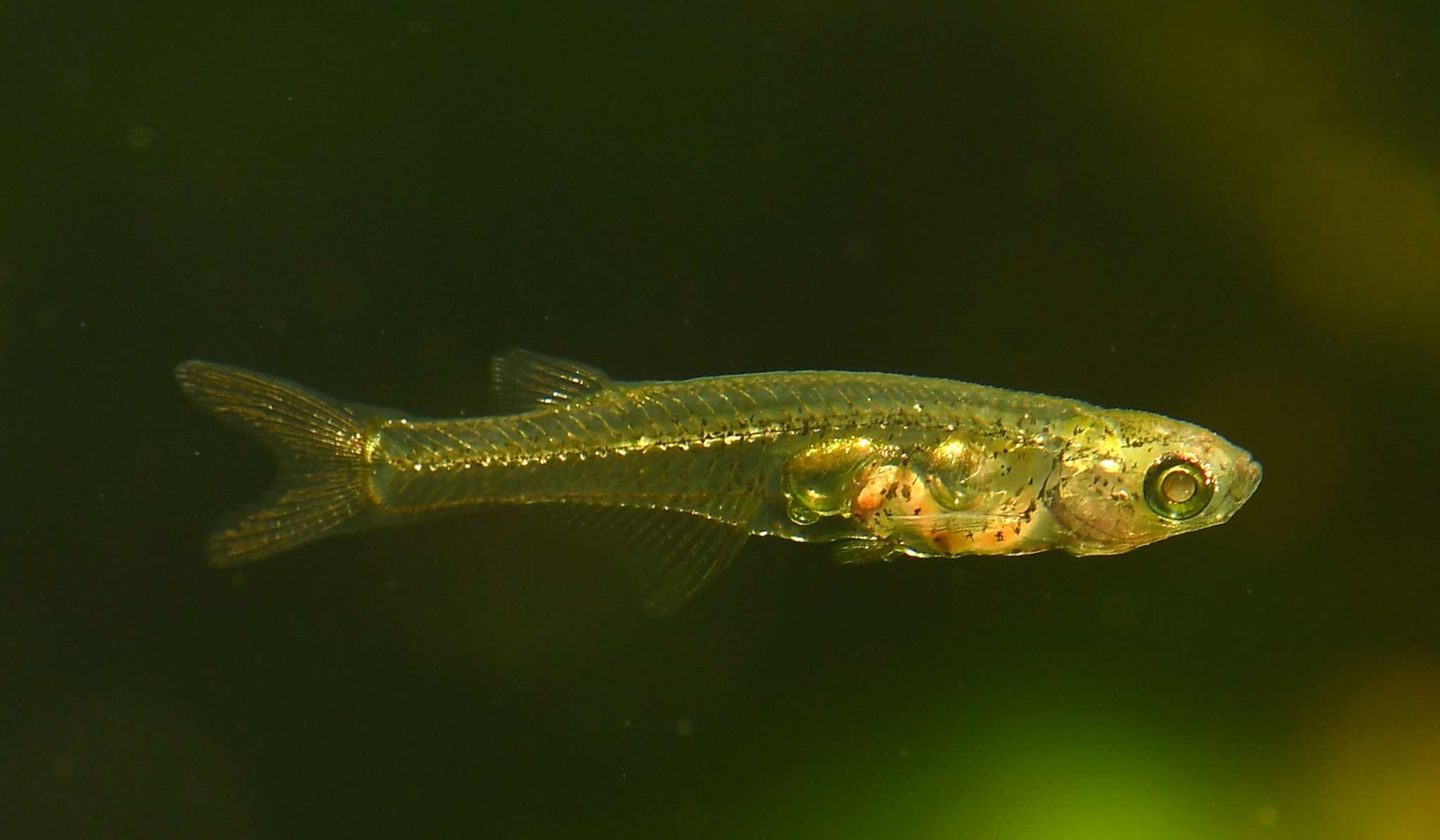These tiny fish can make noises louder than a jet engine during take-off
Despite its small size, this fish is capable of producing sounds as loud as 140 db, akin to the noise made by a jet engine during take-off.

Surprisingly, despite its small size, this fish is capable of producing sounds as loud as 140 decibels, akin to the noise generated by a jet engine during take-off. (CREDIT: Senckenberg/Britz)
An international team of researchers, led by Dr. Ralf Britz from Senckenberg Natural History Museum, investigated a tiny fish species called Danionella cerebrum, which measures no more than 12 millimeters in length.
Surprisingly, despite its small size, this fish is capable of producing sounds as loud as 140 decibels, akin to the noise generated by a jet engine during take-off from a distance of 100 meters.
Published in the Proceedings of the National Academy of Sciences, the study delves into the unique sound-producing capabilities of these translucent creatures. It is speculated that they utilize these sounds for communication purposes in murky waters.
The unique sound-generating apparatus of the tiny fish was visualized using a combination of methods, here as a cleared and stained specimen. (CREDIT: Senckenberg/Britz)
Dr. Britz comments on the unexpected vocal abilities of some fish species, stating, "Fishes, on the other hand, are generally considered to be rather quiet members of the animal kingdom." He draws attention to the male plainfin midshipman fish, which uses audible vibrations reaching 130 decibels to attract females.
In their investigation, Dr. Britz and his team, led by Benjamin Judkewitz from Charité in Berlin, employed various scientific techniques such as high-speed video analysis, micro-computed tomography, gene expression analysis, and finite difference methods.
These methods revealed the presence of a specialized sound-generating apparatus in the males of Danionella cerebrum. This apparatus includes drumming cartilage, a specialized rib, and a muscle resistant to fatigue.
Related Stories
Dr. Britz elaborates on the mechanics behind the fish's remarkable ability, stating, "This apparatus accelerates the drumming cartilage with a force of over 2,000 g and shoots it against the swim bladder to produce a rapid, loud pulse." The fish then strings together these pulses to create calls through muscle contractions.
Originating from shallow and turbid waters in Myanmar, these transparent fish are ideal for biomedical research due to their see-through bodies. Dr. Britz suggests that competition among males in visually restricted environments might have led to the development of this specialized mechanism for acoustic communication.
The study's findings challenge the traditional belief that skeletal movement speed in vertebrates is limited by muscle capabilities. According to the team, understanding the extraordinary adaptation of Danionella cerebrum enhances our comprehension of animal locomotion and underscores the diverse propulsion mechanisms present in different species, contributing to a broader understanding of evolutionary biology and biomechanics.
Video: Danionella males vocalize in social contexts Danionella swimming in their home tank with the spectrogram of the audio below. The males vocalize in the presence of conspecifics. (CREDIT: Senckenberg/Britz)
Dr. Britz also highlights the potential for further research into the sound production mechanisms of other Danionella species. He states, "The sounds produced by other Danionella species have not yet been studied in detail; it would be interesting to learn how their mechanism of sound production differs and how these differences relate to evolutionary adaptation."
Additionally, he emphasizes the unique opportunity provided by the lifelong transparency of the genus Danionella to compare the neural mechanisms underlying sound generation among different species.
Note: Materials provided above by The Brighter Side of News. Content may be edited for style and length.
Like these kind of feel good stories? Get the Brighter Side of News' newsletter.



